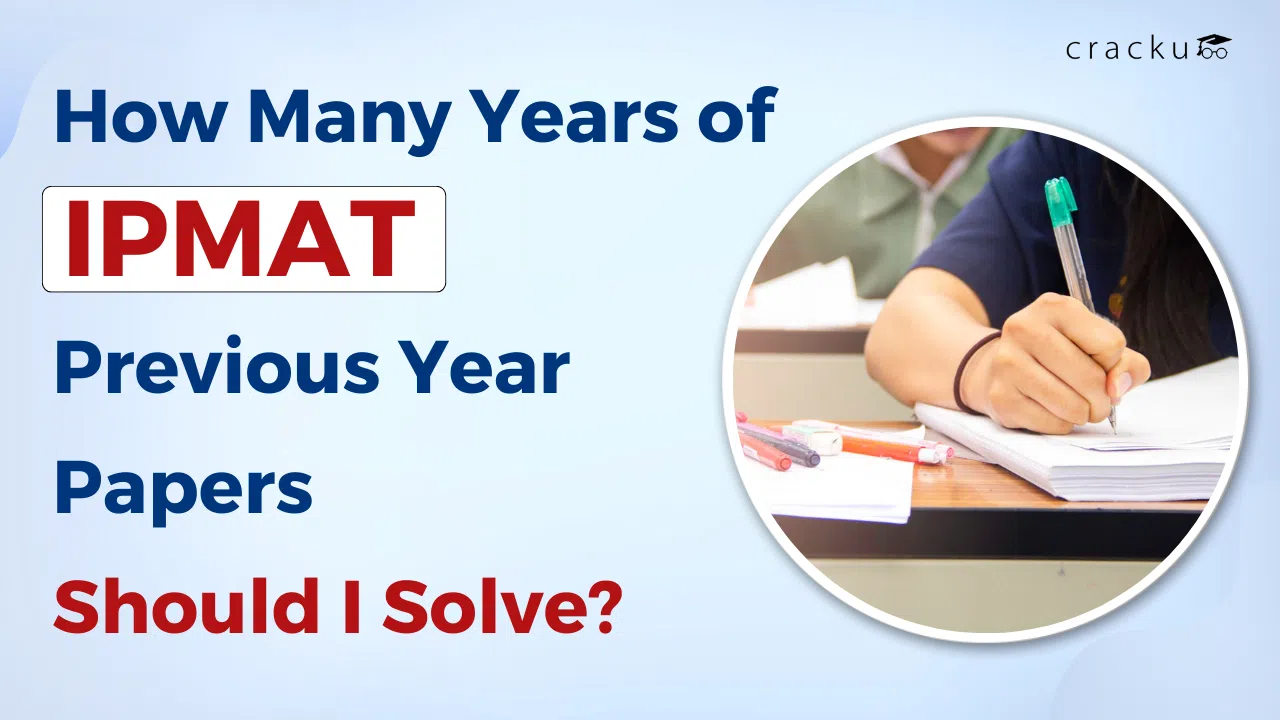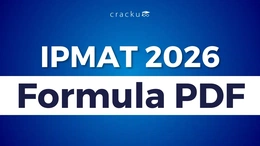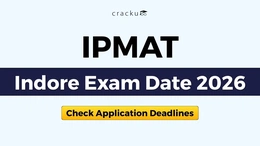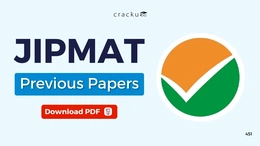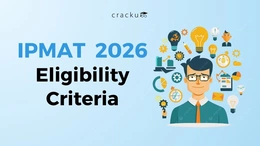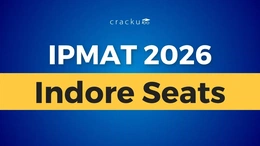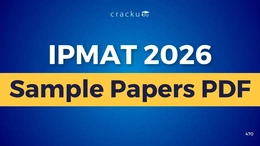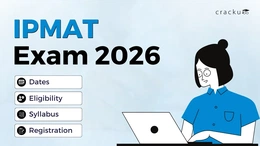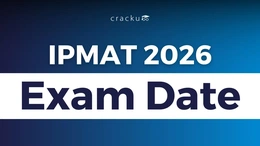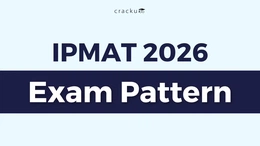IPMAT Previous Year Papers
The IPMAT exam structure is highly unpredictable. Intense practice is demanded. Relying on IPMAT Previous Year Papers (PYPs) is not optional. It is mandatory for competitive readiness. The crucial question: How many years of history do you need? This limits your risk.
IIM Indore's pattern is volatile. Build a resilient strategy. Target at least five to seven years of IPMAT Previous Year Papers. This extensive window offers the needed depth. You can manage radical topic shifts. You master the aggressive marking scheme. Result? A reliable score above the cutoffs.
IPMAT Previous Year Papers for Practice
Solving IPMAT Previous Year Papers is the best way to grasp the exam's dynamic structure. It helps internalize the high-stakes marking scheme. The IPMAT is a Computer-Based Test (CBT). It requires both speed and deep conceptual understanding.
Why are these past papers crucial? IIM Indore frequently hides the specific exam pattern until the last minute. PYPs help students. They show the overall structure. They detail section weightage and time constraints. Understanding the marking scheme is critical. The reason? Negative marking rules change based on the question type. This is a major tactical difference.
IPMAT Indore Marking Scheme Essentials
Parameter | Details |
Total Questions | 90 questions. |
Total Marks | 360 |
Correct Answer | Rewards +4 Marks. |
Incorrect MCQ Answer | Deducts -1 Mark (Applies to QA-MCQ and VA sections). |
QA Short Answer (SA) | This section carries no negative marking. |
The Quantitative Aptitude Short Answer (QA-SA) section has no negative marking. That is a huge advantage. Extensive practice on IPMAT Previous Year Papers trains aspirants well. It helps secure these "safe" marks fast. These SA questions? Usually rated Easy to Moderate. This gives you a critical buffer. It minimizes risk against the famously difficult Quantitative Aptitude (MCQ) section.
Also Read, IPMAT Syllabus 2026, Indore & Rohtak Pattern, Topics, and PDF
IPMAT Preparation Using Past Papers
Effective preparation means analyzing at least five to seven years of past papers. This is essential for understanding crucial shifts in topic weightage. It shows changes in difficulty level. The IPMAT exam is highly dynamic. Unexpected shifts are common. You cannot rely on short-term trends.
Five to seven years capture the full range of volatility. This depth prepares candidates for every structural surprise. Older, foundational concepts might reappear. Analysis of this wide history confirms a fact: Treat every syllabus topic as important. Minor sections can suddenly gain massive weightage. The difficulty level is consistent: Moderate to Difficult. Intensive, balanced preparation is required.
IPMAT Sectional Volatility Trends
- Overall Difficulty: Consistently rated Moderate to Difficult.
- QA (MCQ): Frequently deemed the most difficult section, demanding tricky calculations.
- Arithmetic: Topics that traditionally carried high weightage have recently seen a reduced weightage.
- Geometry & Logarithms: Geometry, once a minor topic, has surged in popularity. Logarithms recently featured prominently, with up to 5 questions in a single paper.
- Verbal Ability (VA): There is a growing emphasis on Reading Comprehension (RC). This includes inference-based questions and advanced vocabulary.
Focusing only on the most recent paper structure is a high-risk gamble. Variability is too high. The longer historical perspective comes from solving 5-7 years of papers. This guarantees balanced readiness. It protects you against all potential pattern changes.
IPMAT IIM Indore Sectional Difficulty (Recent Trends)
IPMAT Section | Typical Difficulty Level |
Quantitative Aptitude (MCQs) | Moderate to Difficult (Conceptual Depth) |
Quantitative Aptitude (SA) | Easy to Moderate (Generally manageable) |
Verbal Ability (VA) | Moderate to Difficult (Inference/Vocabulary focus) |
Also Read, IPMAT Cut Off 2026, IIM Indore, Rohtak & Bodh Gaya Trends
How to Solve IPMAT Previous Year Papers Effectively
Effective solving requires a strict, timed simulation. Follow this with deep performance analysis. And error logging. Practice must mirror the real exam pressure. Attempt the full paper in one sitting. Strictly maintain the stipulated 120-minute duration. No interruptions. This simulation is critical. It builds endurance. It sharpens time management skills.
After the timed attempt, review every question in detail. Aspirants need an error log. Track conceptual mistakes that repeat. Do not just track calculation errors. This analysis is focused. It allows for targeted revision. Performance moves from tentative attempts. To confident accuracy.
Prioritize accuracy. The MCQ sections penalize heavily: -1 negative marking. IPMAT analysis suggests a goal: at least 90% accuracy to clear cutoffs reliably. This demands a strategic multi-pass technique. First pass? Secure all easy marks. Second pass? Address moderate questions. Third pass? Tackle the toughest problems, only if time remains.
Recommended Ideal Attempts for IPMAT Indore (Aiming for 90% Accuracy)
- Quantitative Aptitude (MCQ): Target 11 to 14 Questions.
- Quantitative Aptitude (SA): Target 6 to 9 Questions.
- Verbal Ability (VA): Target 35 to 40 Questions.
Benefits of Solving Multiple Years of IPMAT Previous Year Papers
Multiple years of IPMAT PYPs guarantee huge improvements. Better time management. Higher accuracy. More confidence. This moves your score toward the competitive zone. Consistent practice across 5–7 papers prevents surprises. It builds resilience. It reinforces key concepts.
Competition for IIM Indore is intense. A recent cycle saw 729 candidates invited for interviews. This was from over 22,000 applicants. The conversion rate is low. This confirms one truth: Meeting the cutoff score is not enough. An exceptionally high composite score is mandatory.
Long-term practice helps calibrate efforts. Use hard scoring metrics. A score above 230 marks is generally considered satisfactory. But securing admission often requires more. Target an excellent score: 300 marks or above. This goal needs a focused strategy. The Verbal Ability section is key. It typically sets the highest sectional cutoff. It offers maximum scoring potential.
IPMAT Target Score Benchmarks (General Category)
Section | Expected Cutoff Marks | Target Good Score Range |
QA (SA) | 24 to 28 Marks | 36–40 Marks |
QA (MCQ) | 32 to 36 Marks | 48–50 Marks |
Verbal Ability (VA) | 102 to 112 Marks | 140–150 Marks |
Overall Score Target | 175–180 (Expected Cutoff) | 230+ Marks (Minimum Satisfactory) |
The Verbal Ability (VA) section determines success. Critical. It often sets a sectional cutoff exceeding 100 marks. Consistent, long-term practice unlocks the key. High performance in VA is powerful leverage. This high score helps clear the overall composite score threshold. It balances challenges. Specifically, the conceptually demanding QA (MCQ) section.
Also Take, IPMAT Mock Tests
IPMAT Previous Year Papers: Conclusion
IPMAT Previous Year Papers are not just an extra resource—they are the backbone of a serious IPMAT Indore preparation strategy. Working through at least five to seven years of papers helps you understand shifting patterns, sectional volatility, and the real impact of negative marking. They sharpen your speed, refine your accuracy, and reveal exactly how many questions you should attempt in each section to stay above the cutoff and target a 230+ score. When combined with focused revision and mock tests, IPMAT PYPs turn an unpredictable exam into a more familiar battlefield, giving you the confidence and control needed to compete for a seat at IIM Indore.
